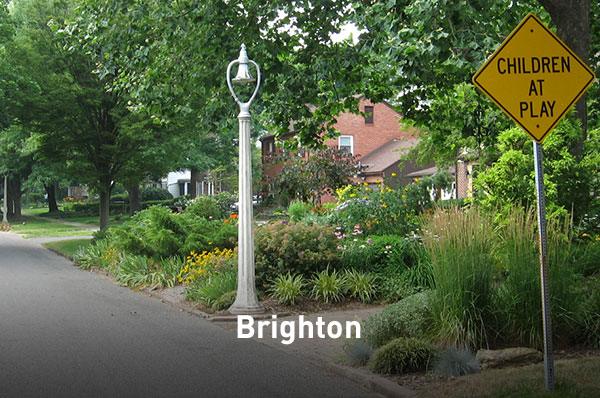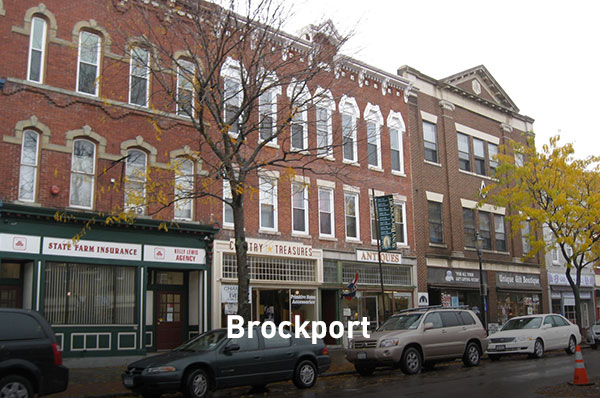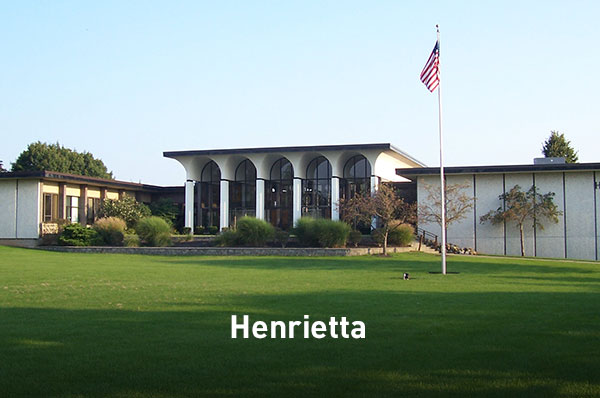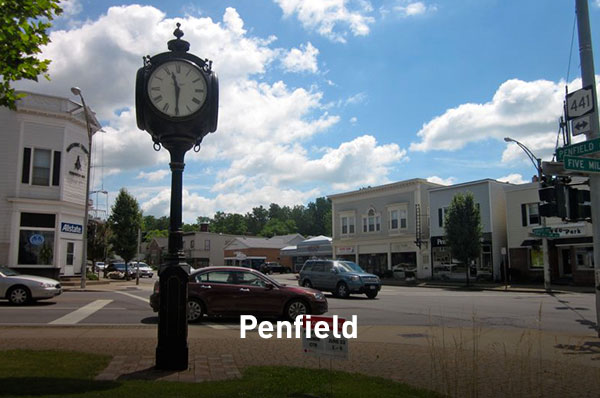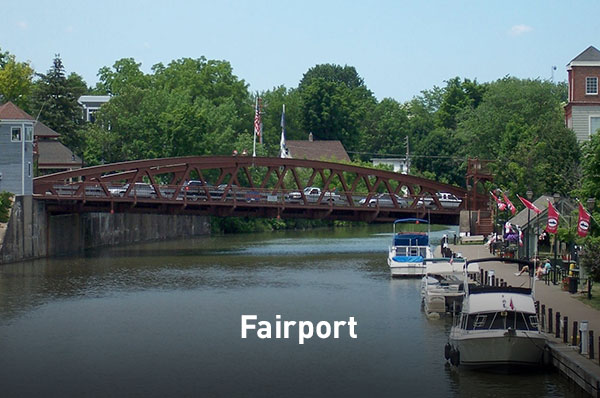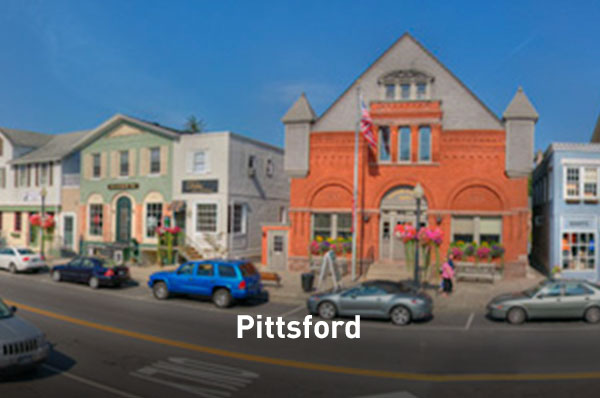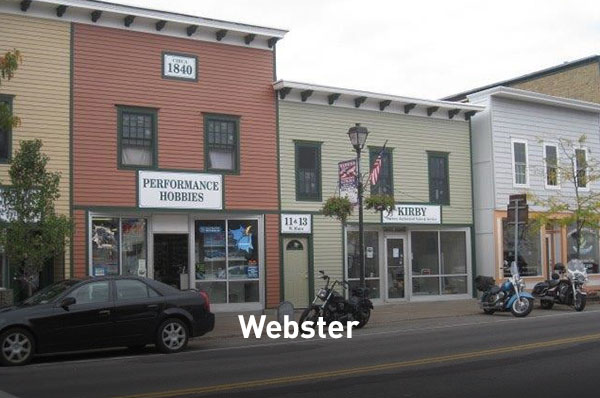You can walk the dog, walk with the kids, or just take a stroll by yourself. However you do it, walking is good for the mind, body, and soul—so do it.
And if you’d like to make the streets in your neighborhood more pedestrian friendly, see below for a collection of useful information & resources.
Walking is good for our physical and mental health.
It helps lower the risk of heart disease, stroke, osteoporosis, type 2 diabetes, high blood pressure, obesity and some types of cancer.1 Walking regularly can help reduce stress and symptoms of depression.2 It boosts our mood, self-confidence, levels of happiness and cognitive functioning.
Walking is also one of the easiest and cheapest ways to fit exercise into our daily lives without too much extra effort.
Walking is good for our communities.
When surveyed, people who feel like their communities are safe to walk around in at night, clean and beautiful are more likely to report being happy. More walkable communities foster social connections that can improve the quality of life and levels of happiness among residents.3
Walking more can save us money.
Cars are the second highest expense for households in the US.4 Walking more and driving less can reduce fuel and maintenance costs.
Beyond our individual wallets, walking more and driving less can save on public health costs. The health impacts from traffic crashes, physical inactivity and air pollution alone contribute hundreds of billions of dollars in public costs each year.5
To report a malfunction with a traffic signal anywhere in Monroe County, please call (585) 753-7700. Other issues with sidewalks, crosswalks or public pathways should be directed to your town or city hall. If you are not getting a satisfactory response, let us know. We may be able to help.
Everyone — whether walking, riding a bicycle, driving a car, or taking public transportation–has a right to safe, convenient access to destinations. Yet far too many of our streets have been designed for cars only. Wide roads, speeding traffic, lack of sidewalks, bicycle lanes and safe crossings make many streets in our community unnecessarily dangerous. So how can you help to make the streets your neighborhood safer and more pleasant places for everyone?
TIP #1: Take Time to Enjoy Your Surroundings
The best way to create a walker’s paradise is to slow down. Make time to walk and bike to work or to run your errands. Encourage your neighbors to do the same. A few people walking and biking in your neighborhood can have a butterfly effect, encouraging more people to do the same over time. And the more pedestrians and cyclists there are in the area, the more drivers will be reminded to take it slow.
TIP #2: Be Street Smart
Whether you’re walking, biking, or driving, follow the rules of the road. Stay alert—put down your phone and remove those earbuds from your ears! When walking, use the sidewalk or nearby paths whenever possible. If there are no sidewalks, walk facing traffic as far to the left as possible. Cross using traffic signals & crosswalks and be sure to look left, right and left again before crossing. Be a good role model and teach your kids from an early age how to stay safe on the road.
TIP #3: Team Up with Neighbors
When it comes to improving neighborhood streets there is perhaps no better tool than an active neighborhood association. If you already have one in your area find out when they meet and join them. If you don’t, start small and strike up a conversation with your neighbors about the improvements you’d all like to see on your street. Would you like to add street trees? A stop sign? Or reduce the speed on your block? There is power in numbers and it’s all possible if you you’re persistent and stay positive.
TIP #4: Call Reconnect Rochester
Once you’ve done 1-3 and you’re actively talking with your neighbors, you’ll probably have some ideas you’d like to get off the ground. If you’re not sure where to start, contact us. We’d be happy to help.
City of Rochester
14621
19th Ward
ABC Streets
Beechwood
Bensonhurst
Browncroft
Center City
Changing of the Scenes (SWAN)
Charlotte
Corn Hill
Culver-Merchants
Dewey Bernice Neighborhood Watch
East End
Grove Place
High Falls District / Greentopia
Highland Park
Lyell-Otis
Maplewood
Marketview Heights
Monroe Village
Neighborhood Of The Arts (NOTA)
North East Main
North Winton Village
North Winton Village Pocket Neighborhood
Park Avenue
Park Ave Central
Plymouth-Exchange (PLEX)
Saint Paul Quarter
Southwedge
Susan B. Anthony
Swillburg
Upper Monroe
Upper Mount Hope
The Vinyards (Norton/Hudson/104/Carter)
Wadsworth Square
Washington Square
Brighton
Bel-Air (Brighton)
Color Brighton Green (Brighton)
Meadowbrook (Brighton)
Pittsford
Irondequoit
Friends & Neighbors of Seneca Park (Irondequoit)
Helping Irondequoit Plan for Progress (Irondequoit)
Parkside Neighborhood Watch (Irondequoit)
Winona Woods (Irondequoit)
AAA Pedestrian Safety Page
Advocacy Advance (tools to increase biking and walking)
Alliance for Biking & Walking
Centers for Disease Control and Prevention
Complete Streets (NYSDOT)
Complete Streets Implementation Webinars (DASHNY)
FHWA Bicycle and Pedestrian Page
FHWA Pedestrian and Bicycle Information Center
GTSC Share the Road Brochure
GTSC Pedestrian Safety Page
National Center for Safe Routes to School
National Highway Traffic Safety Administration Pedestrian Safety Page
National Safe Routes to School Program
NCSL Pedestrian Crossing Laws: 50 State Summary
NYS Association of Metropolitan Planning Organizations Pedestrian Safety Brochure
NYS DMV Driver’s Manual
NYS Department of Health
Pedestrian & Bicycle Information Center
Pedestrian Tips for Transit Users
Safe Kids World Wide
Smart Growth America
StreetFilms (pedestrians)
StreetFilms (public space)
StreetFilms (traffic calming)
Walkability Checklist
Walking School Bus (what is it and how to start one)
Walk to School Day
World Health Organization Pedestrian Safety
- American Heart Association: Why Walking
- Journal of Clinical Psychiatry: The Benefits of Exercise for the Clinically Depressed
- Urban Affairs Review: Understanding the Pursuit of Happiness in Ten Major Cities
- The Atlantic: America’s Weird, Enduring Love Affair With Cars and Houses
- American Public Health Association: The Hidden Health Costs of Transportation


